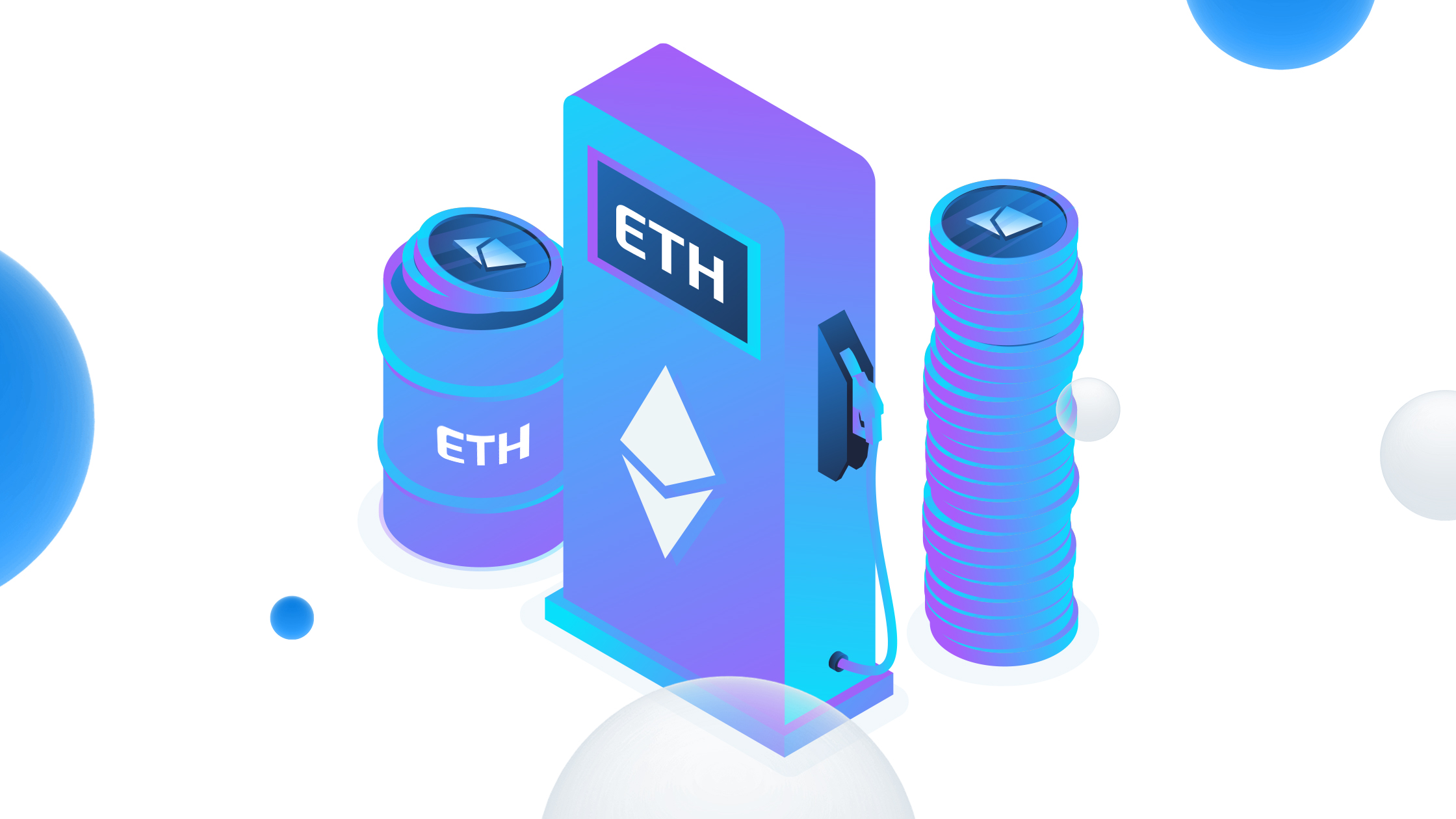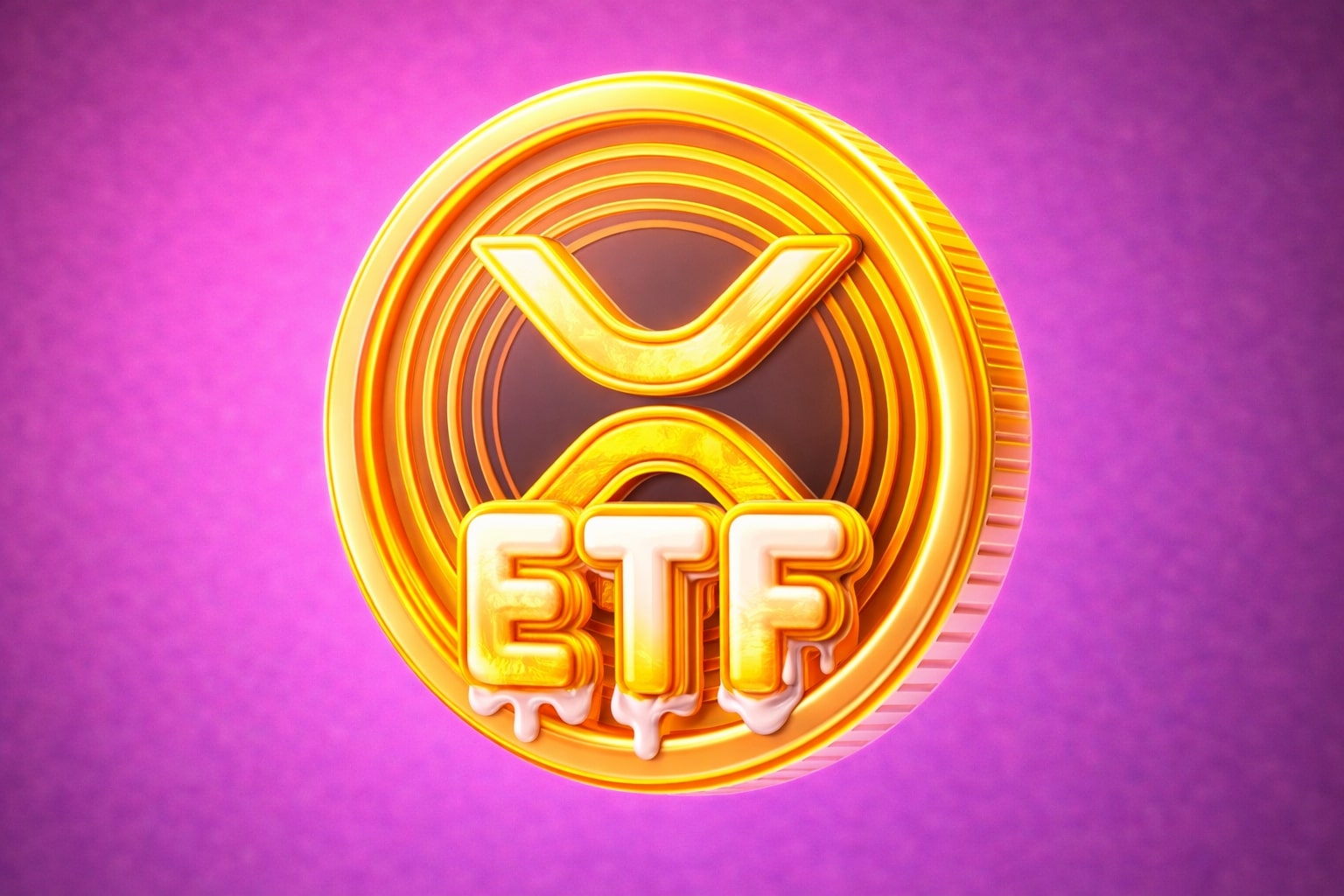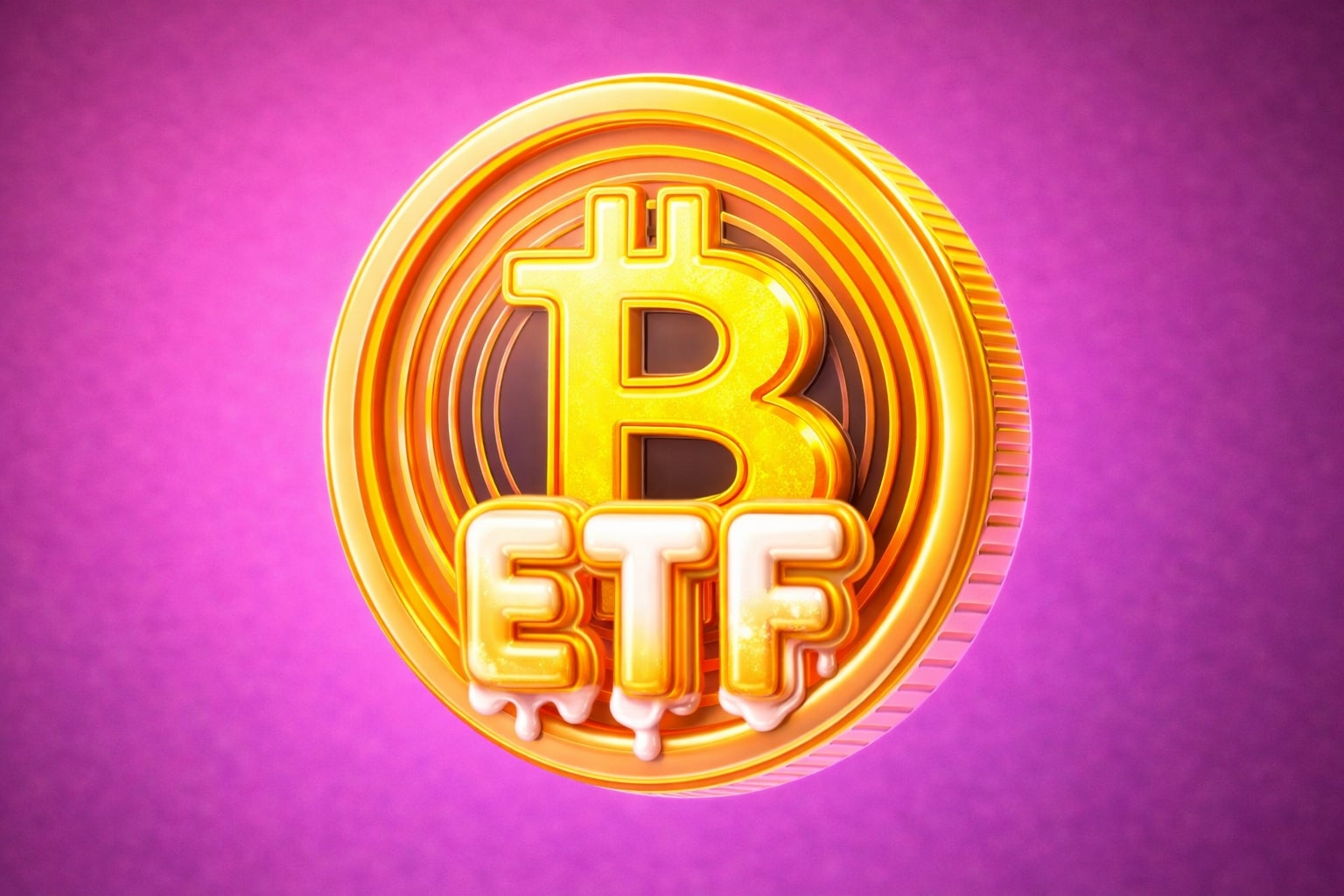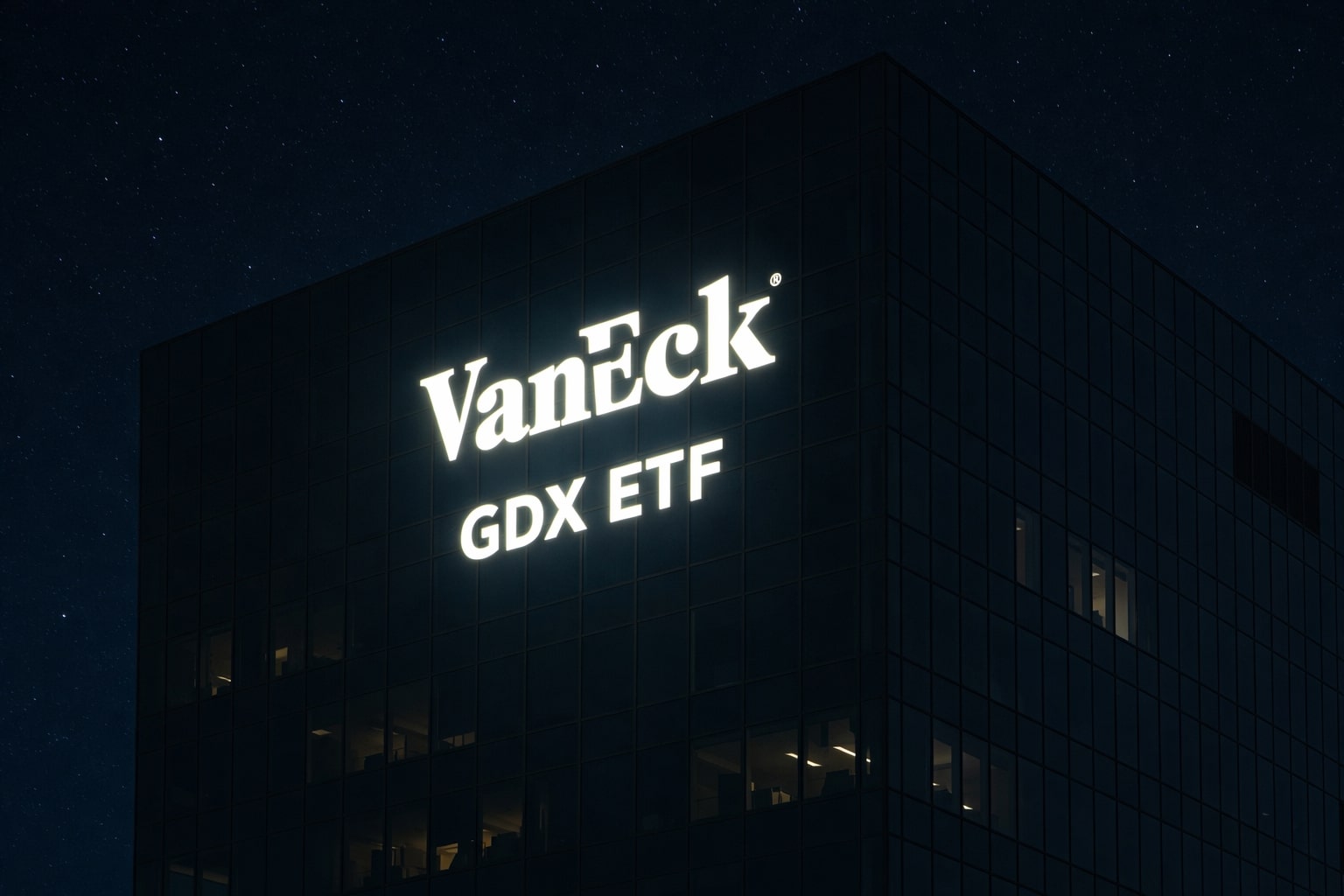
PEPE Coin Frenzy Skyrockets Ethereum Gas Fees
Ethereum Network Challenges Highlighted by the Rise of Meme Coins like PEPE: Need for Scaling Solutions and Ongoing Development
Ethereum gas fees have surged to record highs due to the recent meme coin frenzy, with the frog-themed PEPE coin leading the charge. According to Etherscan data, average gas prices reached 94 gwei on May 5, with a peak of 184 gwei. This increase in Ethereum gas fees is primarily driven by the skyrocketing demand for meme coins on the Ethereum network, which has led to higher transaction costs.
The PEPE meme coin has experienced significant hype, with investors trading other cryptocurrencies and meme coins for PEPE through Uniswap. This activity has pushed the average transaction cost on Uniswap to $32.60. In the last seven days, transactions on Uniswap have burned over 15,000 ETH, with the platform accounting for 35% of gas fees. In the last 24 hours, PEPE's trading volume on Uniswap surpassed $150 million, outpacing Tether (USDT) stablecoin and wrapped BTC (WBTC).
PEPE's price has skyrocketed over 600% in a week, with a market cap reaching $848 million, placing it in the top 100 crypto list. The price jumped 30% in the last 24 hours, currently trading at $0.00000202. Trading volume has increased by 150% in the last 24 hours, indicating significant interest among traders.
Data from Dune, shared by data scientist Hildobby, shows that the median price of ETH gas, measured in gwei and averaged over seven days, has surged to 87, a level not seen in the past 12 months – since May 2022. The average transaction fee now hovers around $50, a considerable increase from just a few months ago when it was less than $10.
These high gas fees have caused frustration among users who find it increasingly expensive to perform even simple transactions on the network. Small-scale users, such as decentralized application (dApp) developers, traders, and retail investors, are finding it difficult to participate in the Ethereum ecosystem due to the high cost of gas fees.
The daily median gas price hit a 12-month high of 87 gwei early this week, increasing more than 50% since the launch of the PEPE token on April 18, according to pseudonymous analyst @hildobby's Ethereum Gas tracker on Dune Analytics. At one point on Monday, the one-minute median gas price surged well past 150 gwei. Analytics firm CoinMetrics attributes this increase to strong demand for the Ethereum network, mainly from meme-coin traders.
The PEPE frenzy has led Ethereum-based decentralized exchange Uniswap's PEPE-wrapped ether (PEPE-WETH) liquidity pools to become the most active liquidity pool by the number of transactions. According to data tweeted by Scimitar Capital's Alex, PEPE traders have accounted for more than 410,000 transactions on Uniswap, burning about $10 million worth of gas.
PEPE surpassed the $500 million mark in market capitalization within three weeks of its launch. Similar frenzied activity has been seen in other smaller coins, such as CHAD and 4TOKEN, which rallied 450% and 250% in one week, respectively, while DINO rose 500% in two weeks.
The demand for Pepe Coin (PEPE) has caused a surge in Ethereum (ETH) gas fees. On May 4, the average cost of a single Ethereum transaction increased above $15.82. Although Ethereum’s average transaction costs rose to between $50 and $70 in 2021, things have been relatively quiet since the market collapsed in May 2022.
Due to the higher gas prices, 9,392 ETH were burned during the last 24 hours, reaching a one-year high. In 2021, Ethereum underwent a hard fork, which leads to the burning of a portion of all Ethereum transactions. As a result, more ETH is destroyed on the network as activity rises. Moreover, gas fees for Layer-2 transactions have increased as a result of the increase in Ethereum’s transaction fees.
Despite PEPE's meteoric rise, it is essential to approach the project with caution. The price surge may be fueled by FOMO and hopes of making a quick profit, rather than the project's utility or long-term viability. The PEPE coin currently lacks substantial use cases and liquidity. At the time of writing, PEPE was trading at $0.00000208, up by 56% in the last 24 hours.
The impact of meme coins like PEPE on the Ethereum network underscores the need for ongoing development and scaling solutions to address high gas fees and network congestion. Ethereum's upcoming transition to Ethereum 2.0 aims to address these challenges through a shift from a Proof-of-Work (PoW) consensus mechanism to a Proof-of-Stake (PoS) model. This transition is expected to significantly improve the network's capacity and reduce transaction costs.
In the meantime, Layer-2 scaling solutions like Optimism and zkSync are gaining traction as alternatives to alleviate the pressure on the Ethereum network. These solutions aim to process transactions off-chain while maintaining security and decentralization, thus reducing gas fees and network congestion.
As meme coins continue to generate substantial interest and trading activity, it is crucial for the crypto community to monitor the impact on the Ethereum network and explore scaling solutions. While the PEPE coin craze has undoubtedly contributed to the recent surge in Ethereum gas fees, it also highlights the need for ongoing innovation and development within the blockchain space to ensure a sustainable and efficient ecosystem for all users.
Read More
-
GDX ETF at $88 While Gold Tests $4,400: Are Gold Miners Poised for $100?
19.12.2025 · TradingNEWS ArchiveStocks
-
XRP ETF Boom: XRPI at $10.94 and XRPR at $15.49 as XRP-USD Clings to the $1.80–$1.90 Zone
19.12.2025 · TradingNEWS ArchiveCrypto
-
Natural Gas Price Forecast: NG=F Hovering Near $3.92 As Weather, LNG And Storage Collide
19.12.2025 · TradingNEWS ArchiveCommodities
-
USD/JPY Price Forecast - Dollar to Yen Near 157 as BoJ’s 0.75% Rate Hike Backfires on the Yen
19.12.2025 · TradingNEWS ArchiveForex

















